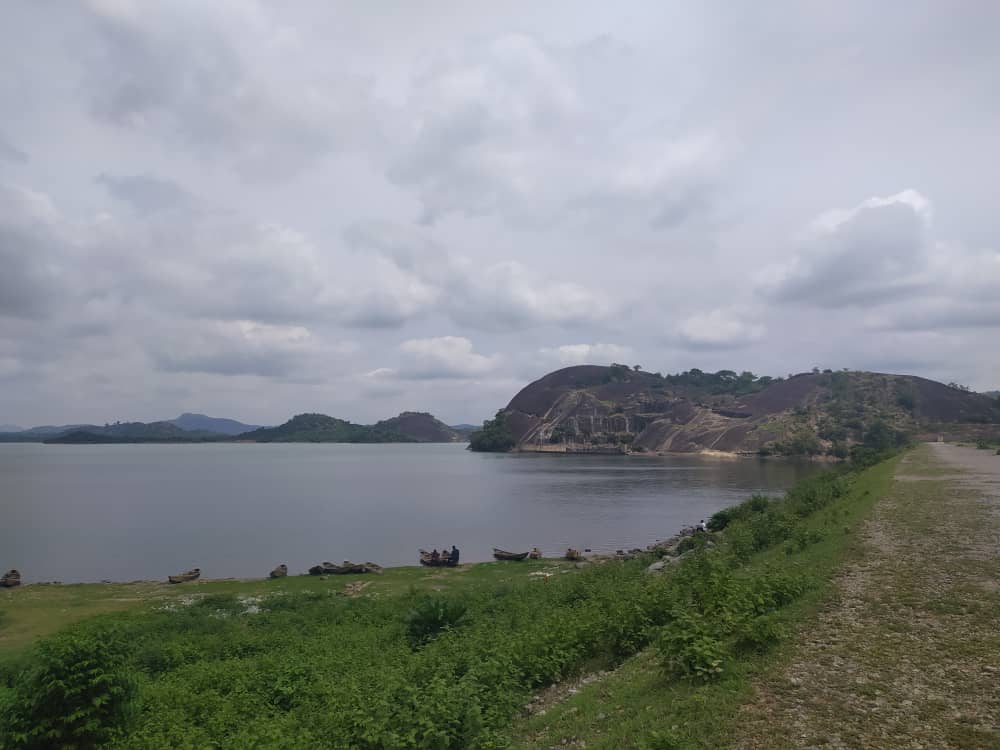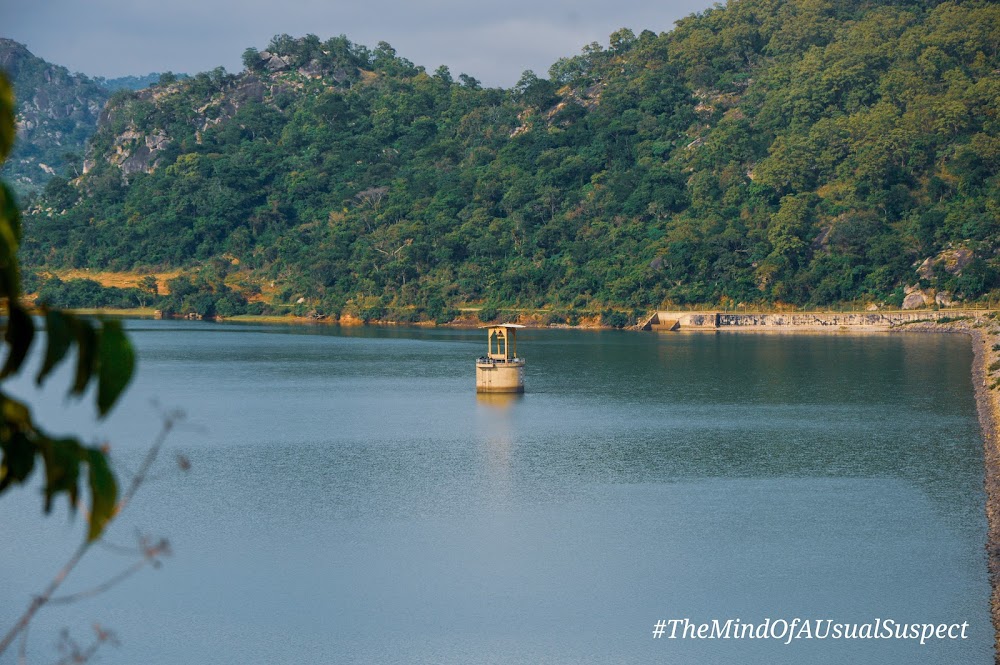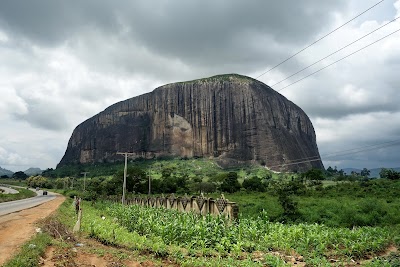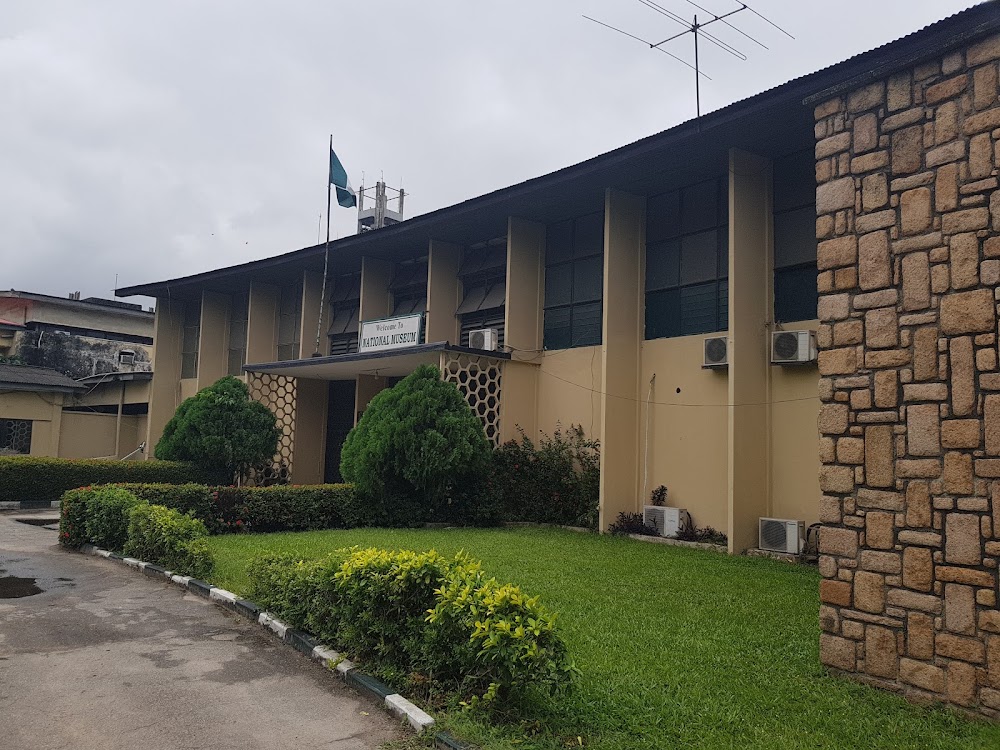Usman Dam (Madatsar Ruwa ta Usman)
Overview
In the late 1970s, the vibrant city of Abuja, Nigeria, confronted a pressing challenge: the need for a reliable water supply to cater to its swiftly growing population. This necessity sparked the vision and subsequent construction of the **Usuma Lower Dam**, commonly referred to as **Usman Dam**. Strategically designed to meet both domestic water demands and irrigation needs, this project significantly transformed the water management landscape of the city.
Nestled within the picturesque **Usuma River Gorge**, the Usman Dam's location was meticulously chosen for its natural topography, making it an ideal candidate for dam construction. Engineers and hydrologists conducted extensive studies and surveys to confirm the dam’s effectiveness and sustainability. Construction began in earnest in the early 1980s, under the guidance of skilled Nigerian engineers, supplemented by insights from international experts.
The dam's structure is primarily composed of **earth and rock-fill materials**. This choice facilitated the use of locally sourced materials, thereby keeping costs down and bolstering the local economy. Stretching approximately **810 meters in length and rising about 49 meters high**, the dam features a concrete spillway, crucial for managing water flow and preventing overflow, ensuring durability and effective water management.
A key objective of the Usman Dam was to establish a vast **reservoir** capable of storing significant amounts of water to accommodate Abuja's expanding population. This reservoir spans several square kilometers, providing essential water storage capacity. Beyond serving as a vital water source, the reservoir acts as a buffer against droughts, ensuring a reliable supply even during dry spells.
Throughout the planning and construction phases, careful attention was given to the **environmental and social impacts**. The project necessitated the resettlement of communities in areas that would be submerged by the reservoir. Efforts were made to ensure that displaced individuals received adequate compensation and new homes. Additionally, measures were implemented to protect wildlife habitats and maintain ecological balance in the surrounding areas.
Upon its completion in the mid-1980s, the Usman Dam quickly became a cornerstone of Abuja's water infrastructure. The dam's expansive reservoir feeds into the **lower Usuma Water Treatment Plant**, guaranteeing a consistent supply of purified, potable water to households and industries throughout the city. This treated water is distributed through a complex network of pipelines, reaching various districts within Abuja.
The Usman Dam has also emerged as a popular destination for **recreational activities**. The scenic beauty of the reservoir attracts both locals and tourists, fostering a variety of activities such as fishing, boating, and picnicking. The area surrounding the dam serves as a habitat for diverse bird species and aquatic life, enhancing its ecological significance.
To ensure the dam's continued functionality, regular **maintenance and monitoring** are paramount. Engineers conduct routine inspections to maintain the structural integrity of the dam and the efficiency of the water management systems. Advanced technologies and modern techniques are employed to monitor water levels, weather patterns, and potential structural issues, ensuring the dam continues to effectively serve the community.
Today, the Usman Dam not only represents a vital piece of infrastructure but also stands as a symbol of **efficient resource management and community cooperation**. Its successful implementation has paved the way for similar projects across Nigeria, contributing to the country's development goals and significantly improving the quality of life for its citizens.









